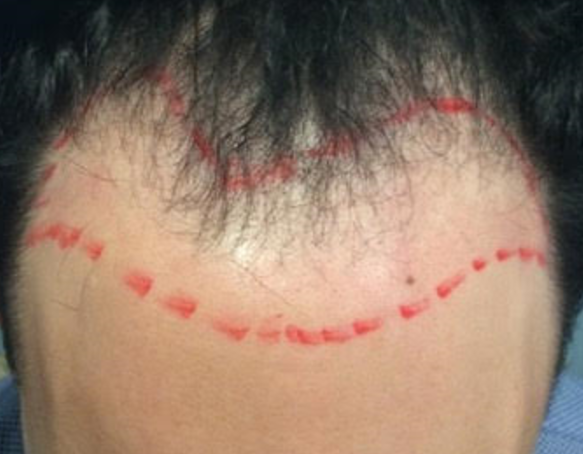Dr. Rassman. I have noticed that you have a fair amount of threads about bad transplant surgeons such as this one here, but you never say the doctor’s name. What is the point in posting this unless you mention the Doctor’s name so patients in the future will stay clear of this doctor and others? Without mentioning the doctor’s name, other patients will be subject to his horrible results.
 I would love to mention the doctors’ names, but that would almost certainly bring me into court, something that I do not wish to spend my life doing (it might bring me to the brink of financial ruin with large lawyer fees just to prove what I said). I get angry when I see the mess created by many of these doctors, but alas, you must use the information in ways to become a knowledgeable buyer, so I use this blog to call people’s attention to what they need to look for when engaging a doctor’s service for a hair transplant.
I would love to mention the doctors’ names, but that would almost certainly bring me into court, something that I do not wish to spend my life doing (it might bring me to the brink of financial ruin with large lawyer fees just to prove what I said). I get angry when I see the mess created by many of these doctors, but alas, you must use the information in ways to become a knowledgeable buyer, so I use this blog to call people’s attention to what they need to look for when engaging a doctor’s service for a hair transplant.
In 1994, at a medical meeting that easily had 400 physician in the audience, I rose to the microphone and openly referred to the sleaze in this business, with doctors low balling patients and deforming them without telling them the risks to hair transplantation (giving them proper informed consent). The surgical results before 1994 were often deforming and pluggy. These, in hindsight, were very substandard when compared to today’s artfully performed hair transplants. Many doctors would not enter the business to perform hair transplants because of the deforming nature of the surgery at that time. One doctor, in particular, was my target and when I exemplified this sleazy, dishonest doctor without mentioning his name (I called him a “crook” in the true sense of the word), the audience responded with a standing ovation for my being so outspoken, echoing my message. At the end of the session, I was surrounded by many doctors congratulating me on my outspoken comment. One doctor (the one whose name was never mentioned) waited for the crowd to clear and approached me with great anger, saying that he did not appreciate my calling him a crook. As I never mentioned his name, I said “If the shoe fits, wear it” and walked away.

